|
-
Your car being lower than anything that came after is no surprise, even the small cars these days need a double decker bus license to drive (or a periscope to see above the dash).
Your cooling problems are unfortunate, but not to be unexpected at it's age. Can be hard to discover exactly why sometimes. We'll start with checking for a leaking/blown head gasket. Check the oil on your dipstick and under the oil filler cap for a milky white or brown frothy/sludgy consistency after running. Take all the plugs out and check for water droplets on the plugs and while they're out, crank the engine over to see if you can detect any water mist blowing out, wipe around the spark plug tubes with your finger to check for moisture. With the engine cool (NEVER remove the filler cap when hot), remove the cap and start the engine, fill to just below the filler neck and watch for bubbles in the water or water being blown out the filler in gushes as the thermostat opens. Get a compression test, or/and a cooling system leak down test.
Most usual place for blockages otherwise is the radiator, old hoses and that metal tube across the back of the engine. It's all a matter of a process of elimination. As an educated guess, I suspect your radiators stuffed.
-
 Originally Posted by hondapop

Your car being lower than anything that came after is no surprise, even the small cars these days need a double decker bus license to drive (or a periscope to see above the dash).
Your cooling problems are unfortunate, but not to be unexpected at it's age. Can be hard to discover exactly why sometimes. We'll start with checking for a leaking/blown head gasket. Check the oil on your dipstick and under the oil filler cap for a milky white or brown frothy/sludgy consistency after running. Take all the plugs out and check for water droplets on the plugs and while they're out, crank the engine over to see if you can detect any water mist blowing out, wipe around the spark plug tubes with your finger to check for moisture. With the engine cool (NEVER remove the filler cap when hot), remove the cap and start the engine, fill to just below the filler neck and watch for bubbles in the water or water being blown out the filler in gushes as the thermostat opens. Get a compression test, or/and a cooling system leak down test.
Most usual place for blockages otherwise is the radiator, old hoses and that metal tube across the back of the engine. It's all a matter of a process of elimination. As an educated guess, I suspect your radiators stuffed.
Hahaha thank you mate. I'll give it a check when I get home. I'm 98% sure it's a negative on the milky residue. I checked multiple times following the first time it overheated.
I'm keeping my fingers crossed it's a clogged radiator - in which case I'll need to track one down. I think the sedan/hatch should be the same.
-
-
Haven't a clue unfortunately. Being a carby engine, maybe something to do with the antipollution system, they're certainly complex with hoses going everywhere compared to the FI, and they were bad enough back then. Don't recall anything like that on the A20A carby engines. It has a vacuum hose (hose #31), what else is it connected to? Is there a diagram sticker on the underside of the bonnet? Probably need a translator to read it if there is, bound to be in Japanese.
-
 Originally Posted by hondapop

Haven't a clue unfortunately. Being a carby engine, maybe something to do with the antipollution system, they're certainly complex with hoses going everywhere compared to the FI, and they were bad enough back then. Don't recall anything like that on the A20A carby engines. It has a vacuum hose (hose #31), what else is it connected to? Is there a diagram sticker on the underside of the bonnet? Probably need a translator to read it if there is, bound to be in Japanese.
I have a Japanese parts manual that I'm sure will break down that entire carby section. I'm honestly just thinking I'll take it off and see what's in there. You're probably right, it could be unimportant however I'll check it out and report back. 
-
A thought occurred, that noise you can hear when you let off of the accelerator could be a vacuum leak which would be at it's highest when coming down from revs. You may have bumped one of those little hoses with your spanner when doing the coolant bleed. Being old hoses, one may have split, particularly where pushed onto a fitting. Wish I could say, just rip them all off and block them up, but because there are so many sensors etc connected to them doing god knows what, that's not possible.
-
 Originally Posted by hondapop

A thought occurred, that noise you can hear when you let off of the accelerator could be a vacuum leak which would be at it's highest when coming down from revs. You may have bumped one of those little hoses with your spanner when doing the coolant bleed. Being old hoses, one may have split, particularly where pushed onto a fitting. Wish I could say, just rip them all off and block them up, but because there are so many sensors etc connected to them doing god knows what, that's not possible.
I would not disagree with this theory. I'll double check them when I start it next.
-
I was getting an alarm installed today and took advantage of the time and put in this badge a friend from NZ sent me aaaaaaaaaaaages ago. Looks good. Might take it off again and try clear coating it. Definitely needs it but I'm apprehensive as to whether it'll work.


-
So here's my problem.  Any ideas ? Any ideas ?
Part number is: 17340-ph2-003
It's a sealed unit and listed as a Shot Air Valve Assembly.
Attachment 28062
Attachment 28063
-
-
Some nice pics mate, good to see you enjoying it. So, the ATF change cured the slipping when changing? Unfortunately it's the only thing you can do to a Honda auto, no adjustments, don't think there's even a filter can be changed, never seen one or where you could get to one. Makes you wonder why an aftermarket in-line one in the cooling lines to the radiator has never been available. Sometimes the fluid change can do wonders.
Does your trans have the "lock-up" feature that the B20a versions had? The torque converter has an internal clutch, I believe, that engages above certain road speeds to provide a solid connection through the trans.
I was looking on this page at the gear ratio differences between the B18a and B20a automatics and the smaller engine was higher ratio/lower speed in 2, 3 and 4th stages, but with the same ratio diff and 1st.
http://www.hondaoldies.de/Korbmacher...d/tdacc3wg.htm
-
 Originally Posted by hondapop

Some nice pics mate, good to see you enjoying it. So, the ATF change cured the slipping when changing? Unfortunately it's the only thing you can do to a Honda auto, no adjustments, don't think there's even a filter can be changed, never seen one or where you could get to one. Makes you wonder why an aftermarket in-line one in the cooling lines to the radiator has never been available. Sometimes the fluid change can do wonders.
Does your trans have the "lock-up" feature that the B20a versions had? The torque converter has an internal clutch, I believe, that engages above certain road speeds to provide a solid connection through the trans.
I was looking on this page at the gear ratio differences between the B18a and B20a automatics and the smaller engine was higher ratio/lower speed in 2, 3 and 4th stages, but with the same ratio diff and 1st.
http://www.hondaoldies.de/Korbmacher...d/tdacc3wg.htm
Thanks 
The ATF change cured a minimal amount however it's still slipping when changing from 2 to 3 and 3 to 4. 1 to 2 is cured. I figure I have two options. Spend a gazillion dollars taking it to an automatics place where they can diagnose and perhaps fix the problem or I can just swap it to manual. We'll see how I go, I'm unsure as to whether any transmissions will be interchangeable tho.
 Posting Permissions
Posting Permissions
- You may not post new threads
- You may not post replies
- You may not post attachments
- You may not edit your posts
-
Forum Rules
|










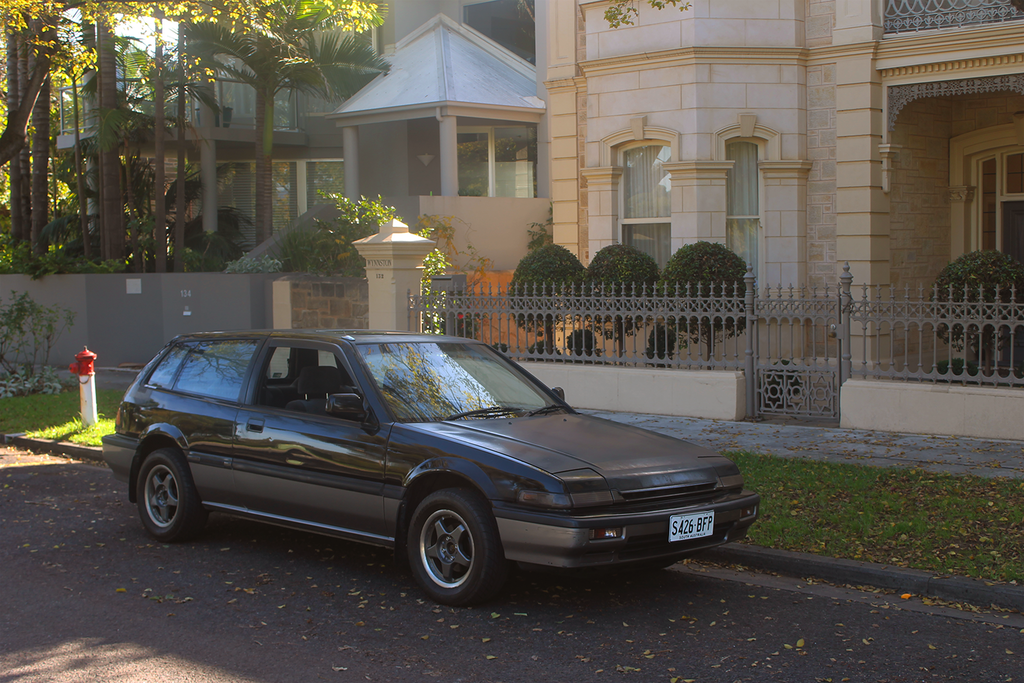
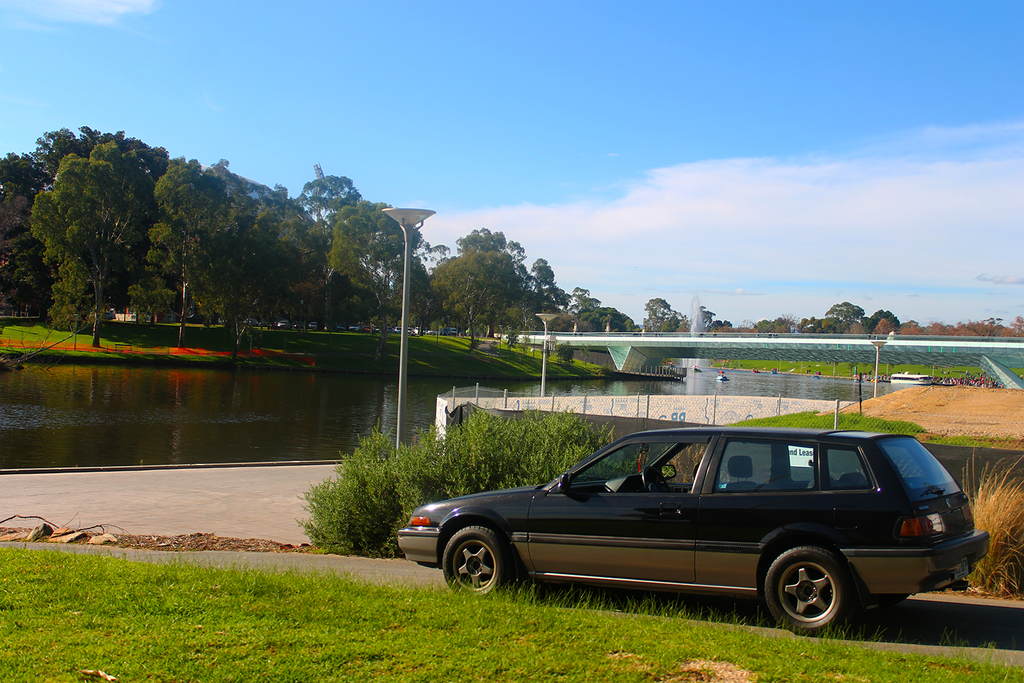
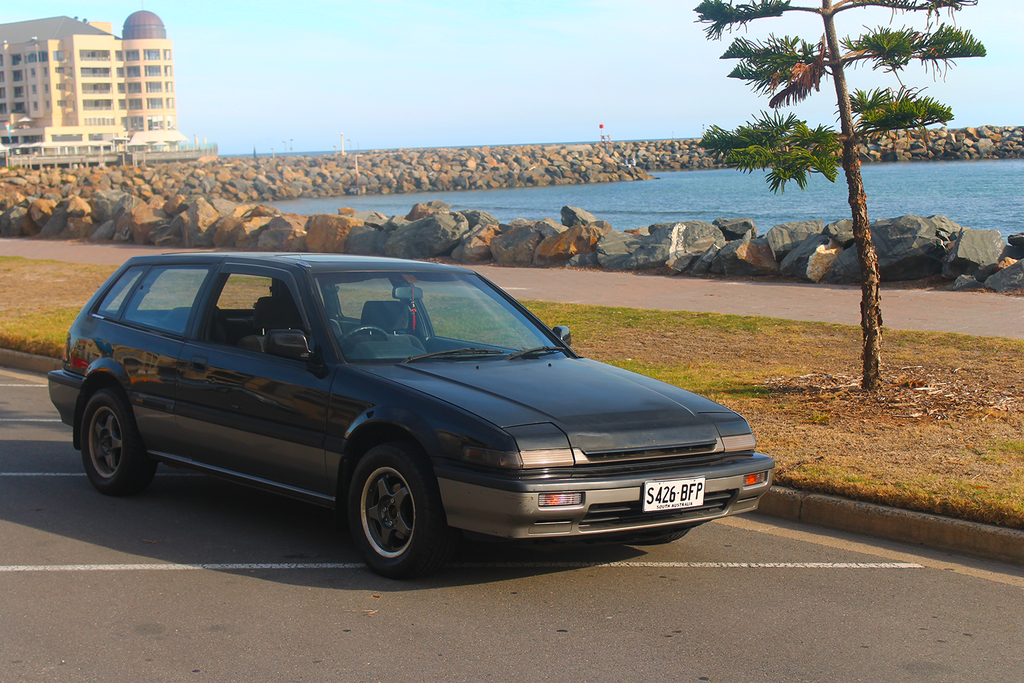



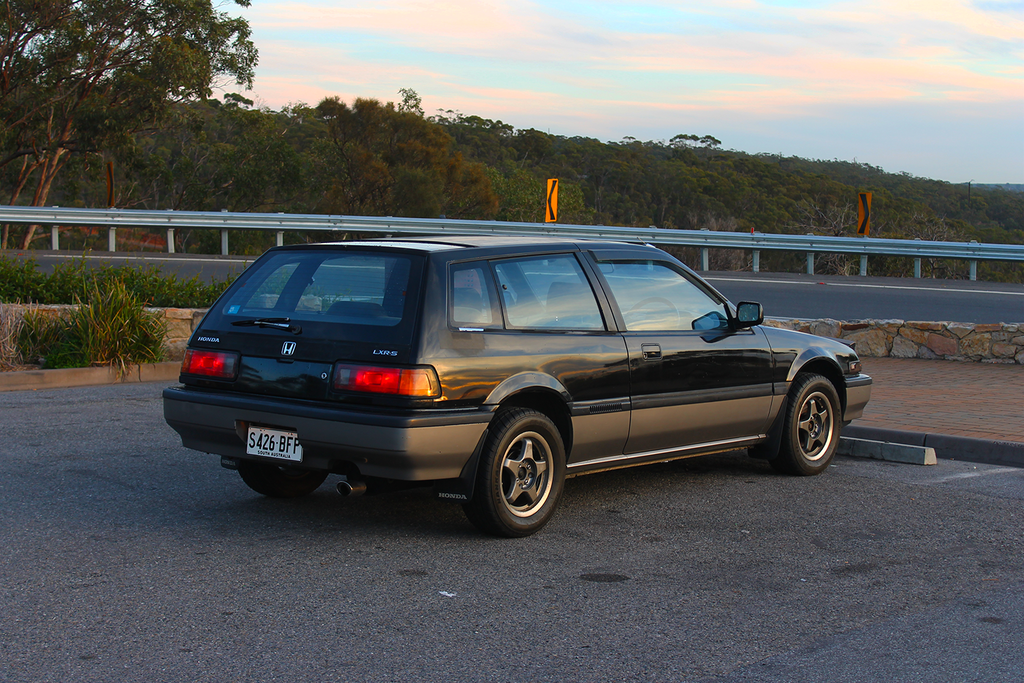


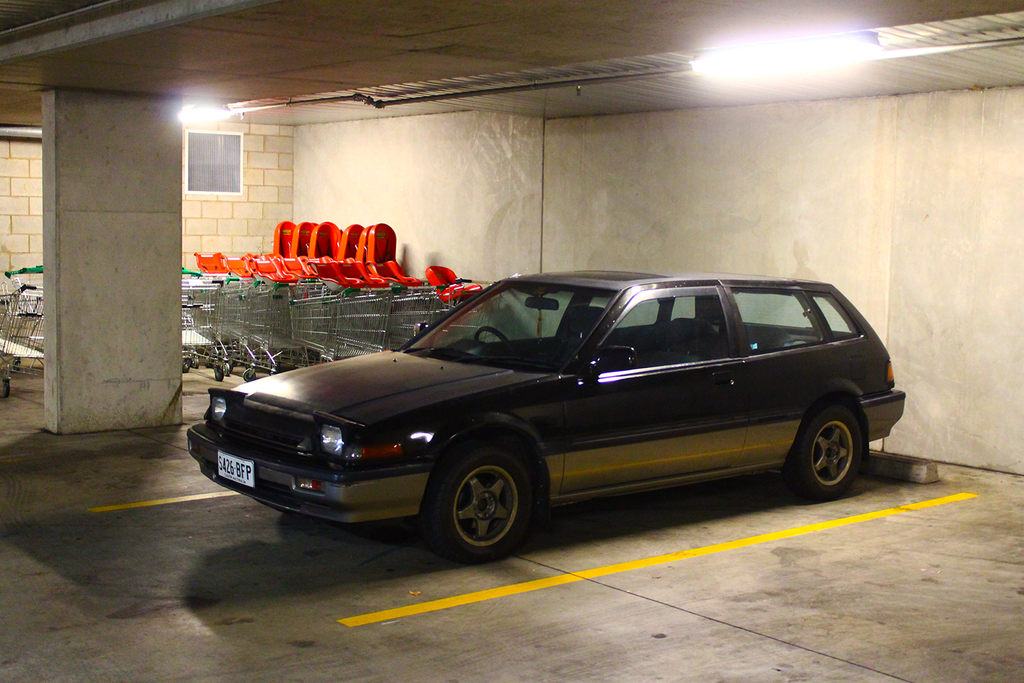

Bookmarks